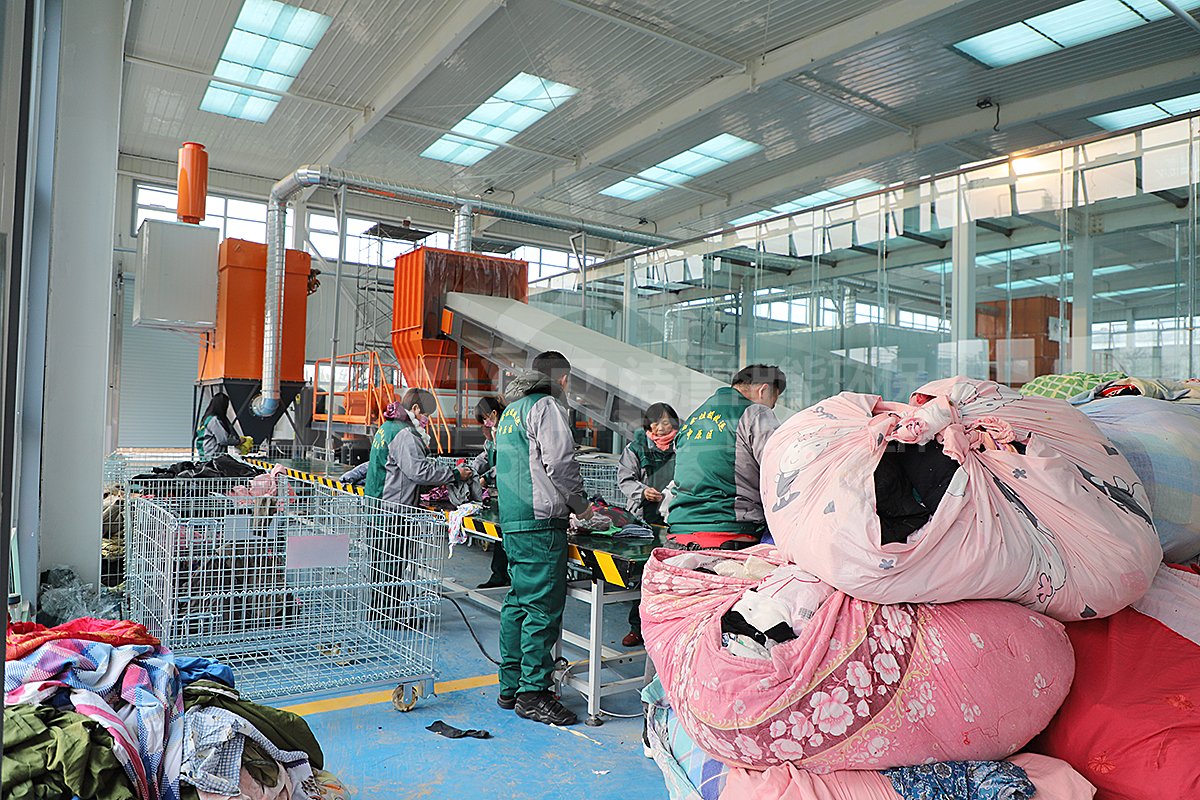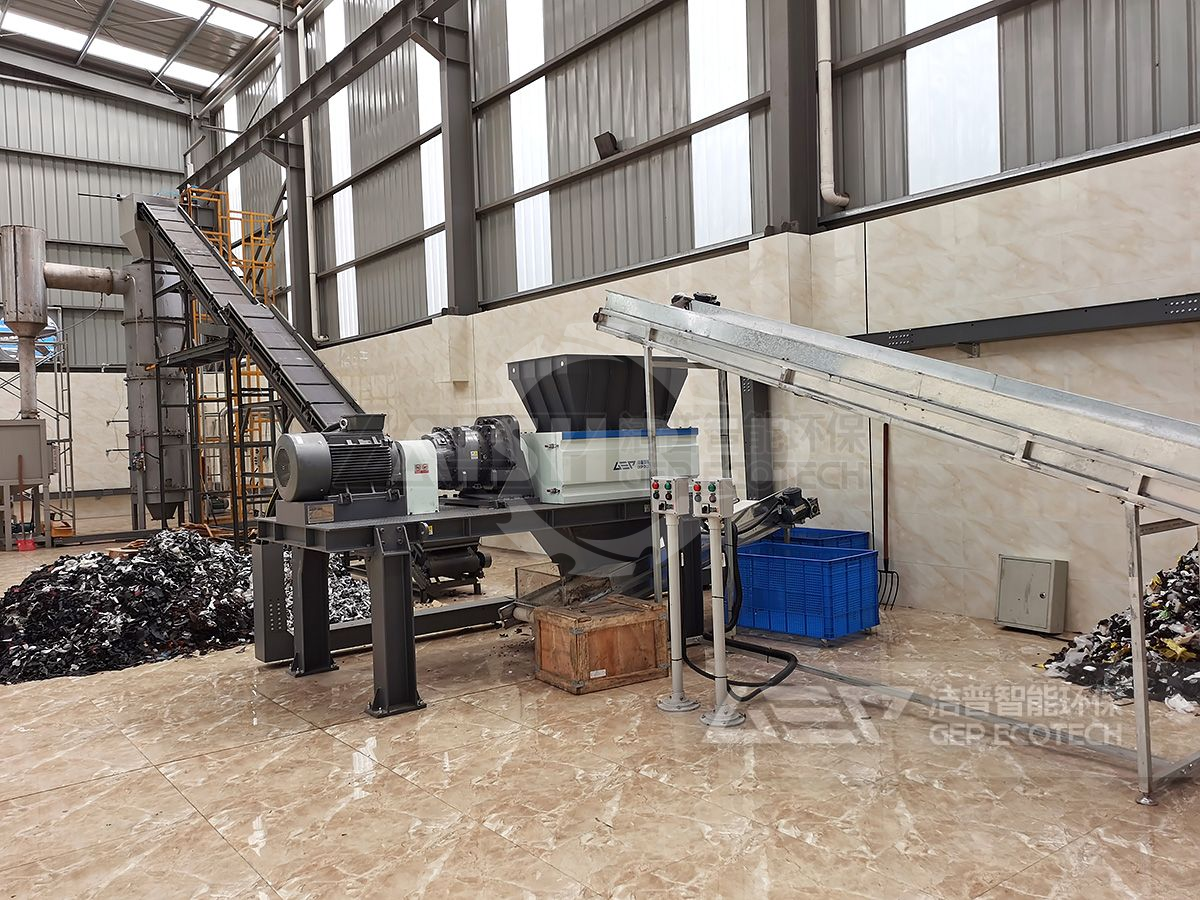Waste fabrics disposal, similar to tire recycling, is an important aspect of sustainable waste management. Here's an overview of the disposal process.
1. Collection and Sorting
Waste fabrics are collected from various sources such as textile manufacturers, garment factories, and post-consumer sources like used clothing and household textiles. These fabrics may include cotton, polyester, nylon, wool, and other materials.

2. Shredding
The collected fabrics are shredded into smaller pieces using specialized shredding equipment. Shredding helps to reduce the fabrics into manageable sizes for further processing.
3. Cleaning and Sorting
After shredding, the fabric scraps undergo cleaning to remove any contaminants such as dirt, buttons, zippers, and other non-textile materials. Sorting is also carried out to separate different types of fabrics based on material composition and color.
4. Fiber Reclamation
Once cleaned and sorted, the shredded fabric pieces are processed to extract the fibers. This can involve mechanical or chemical methods depending on the type of fibers being reclaimed. For example, cotton fibers can be mechanically separated from the fabric matrix, while synthetic fibers like polyester may require chemical dissolution or melt spinning processes.
5. Recycling and Reprocessing
The reclaimed fibers can be spun into yarns or blended with virgin fibers to create new fabrics. These recycled fabrics can be used in various applications such as apparel, home textiles, automotive interiors, and industrial products. Additionally, some companies are exploring innovative ways to use recycled fibers in 3D printing, composite materials, and other emerging technologies.
6. End-of-Life Options
In cases where fabrics cannot be recycled into new products, alternative end-of-life options such as energy recovery through incineration or conversion into bio-based fuels may be considered. However, these options are typically viewed as less preferable compared to recycling due to their environmental impact.
Overall, waste fabric shredding and recycling play a crucial role in reducing the environmental footprint of the textile industry, conserving natural resources, and diverting textiles from landfills. However, challenges such as the complexity of textile materials, contamination issues, and the need for infrastructure investment remain obstacles to achieving higher rates of textile recycling. Continued research and innovation in this field are essential to further improve the efficiency and sustainability of waste fabric recycling processes.

GEP ECOTECH has focused on the design and manufacture of waste fabrics shredding and recycling equipment for many years, including the feeding equipment, primary and secondary fine shredding equipment, magnetic separators, automatic hydraulic baling equipment, RDF pellet mills, etc. Should you need any help about waste fabrics disposal, please feel free to contact us.

